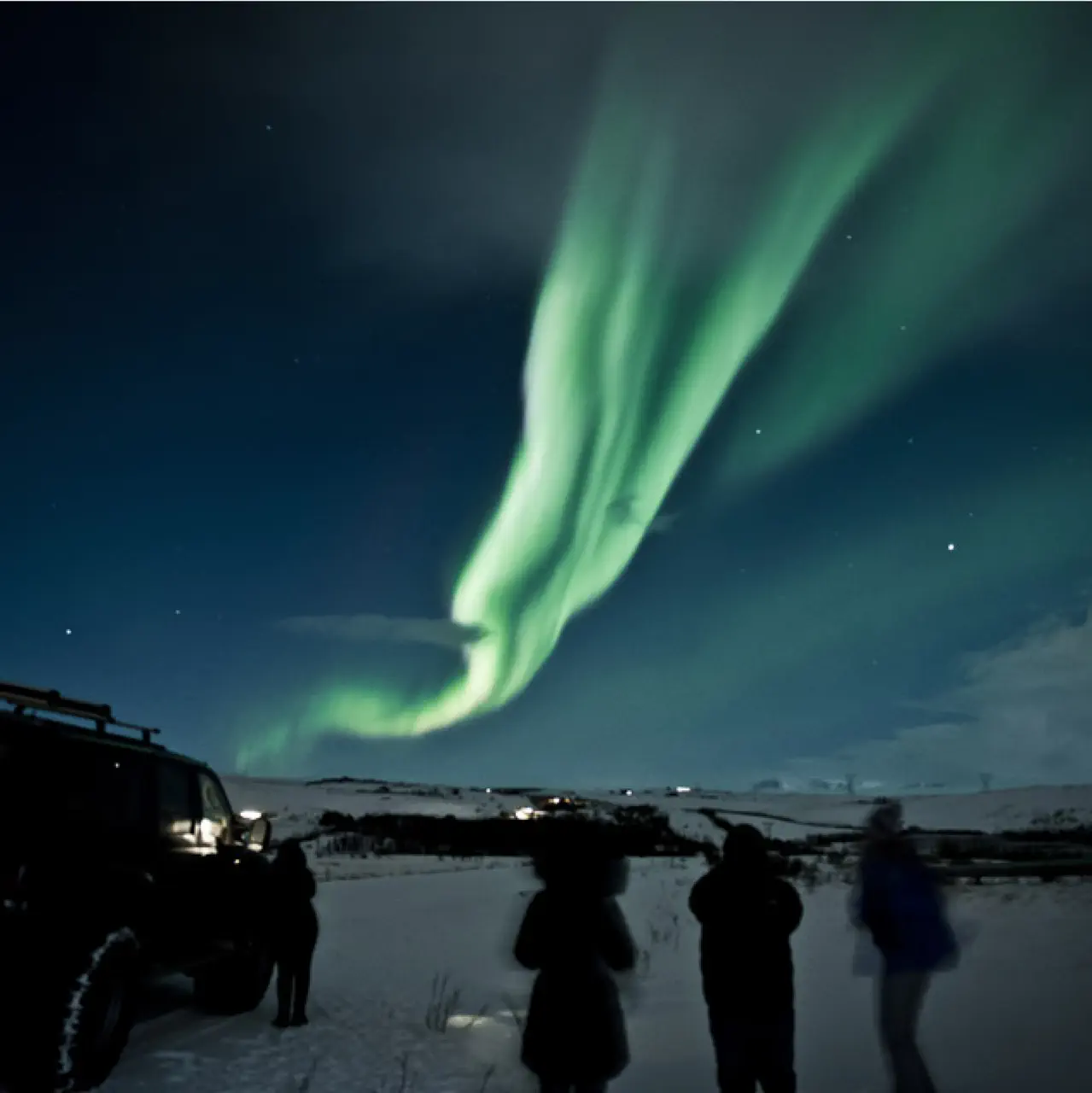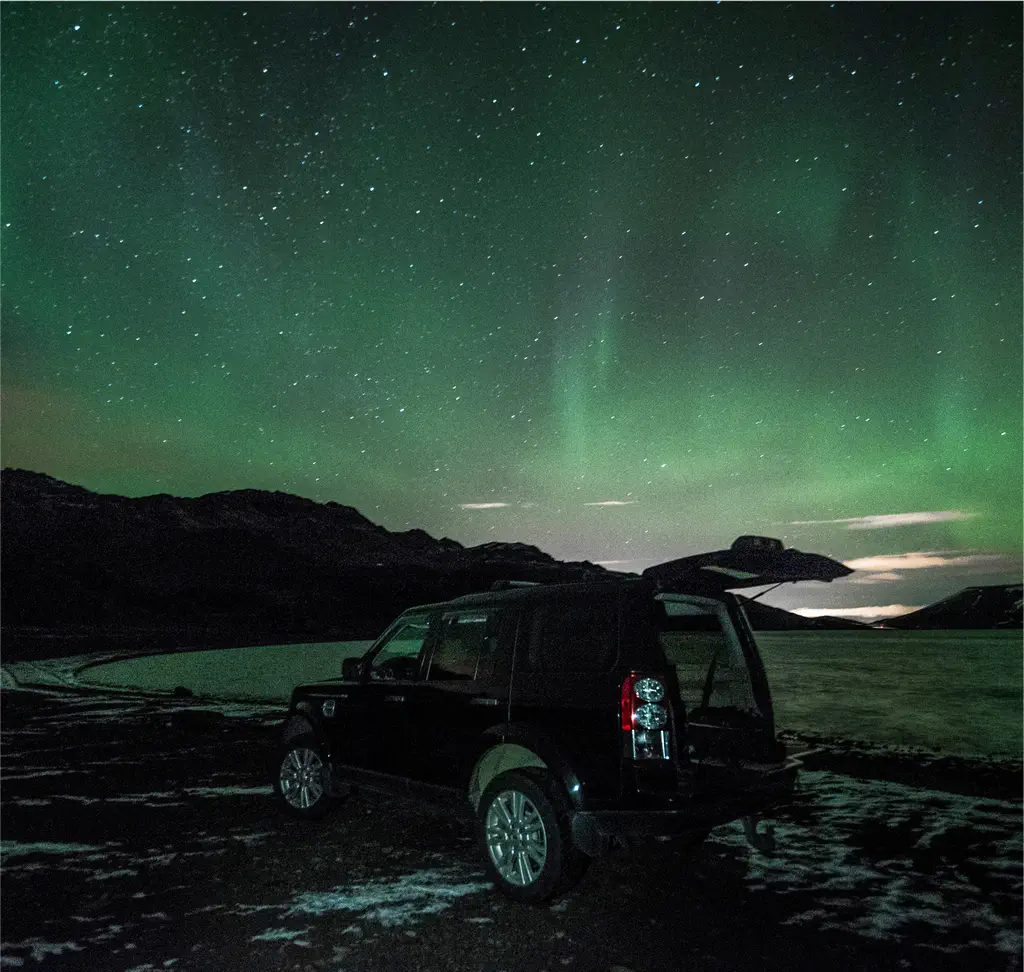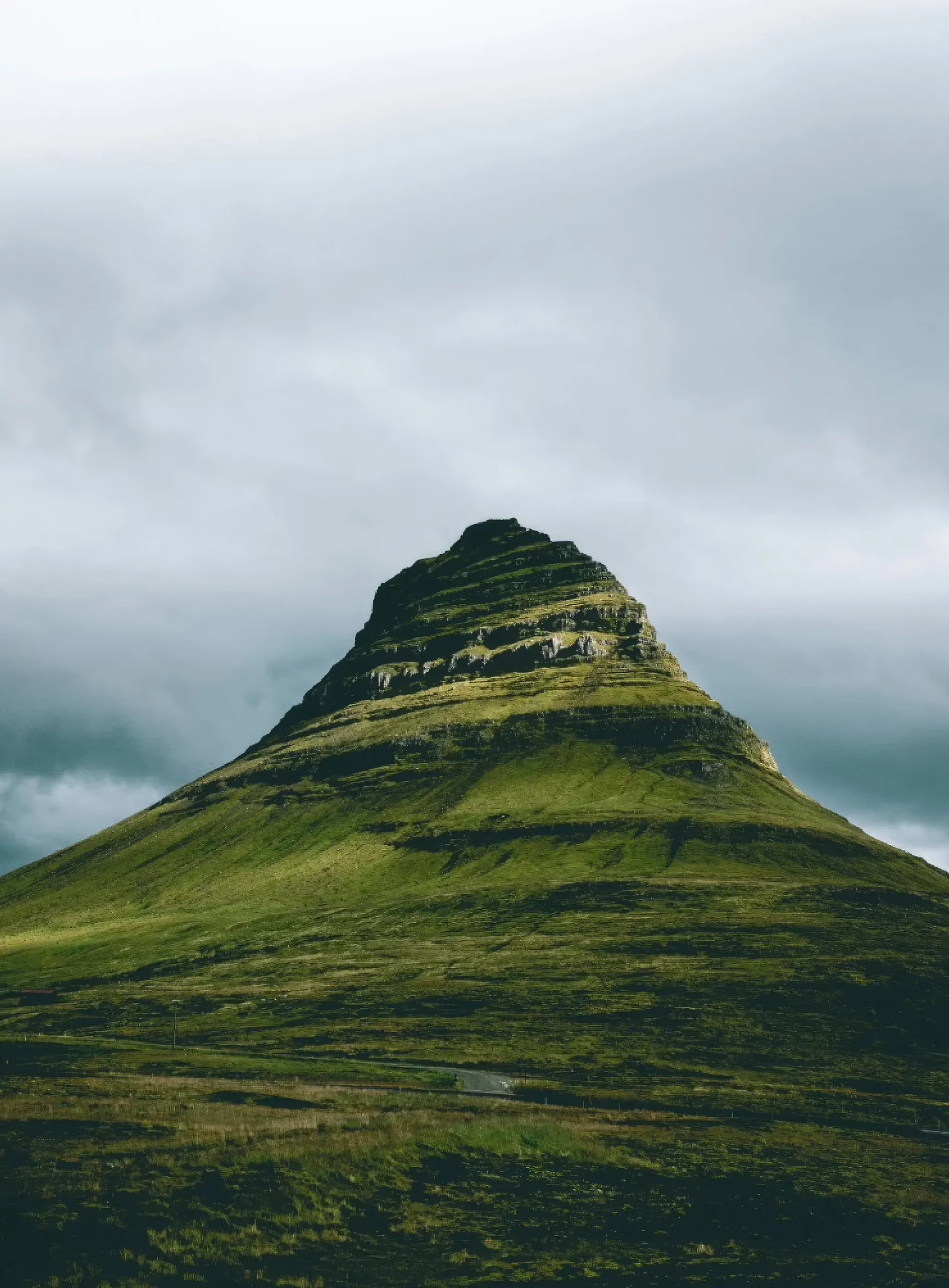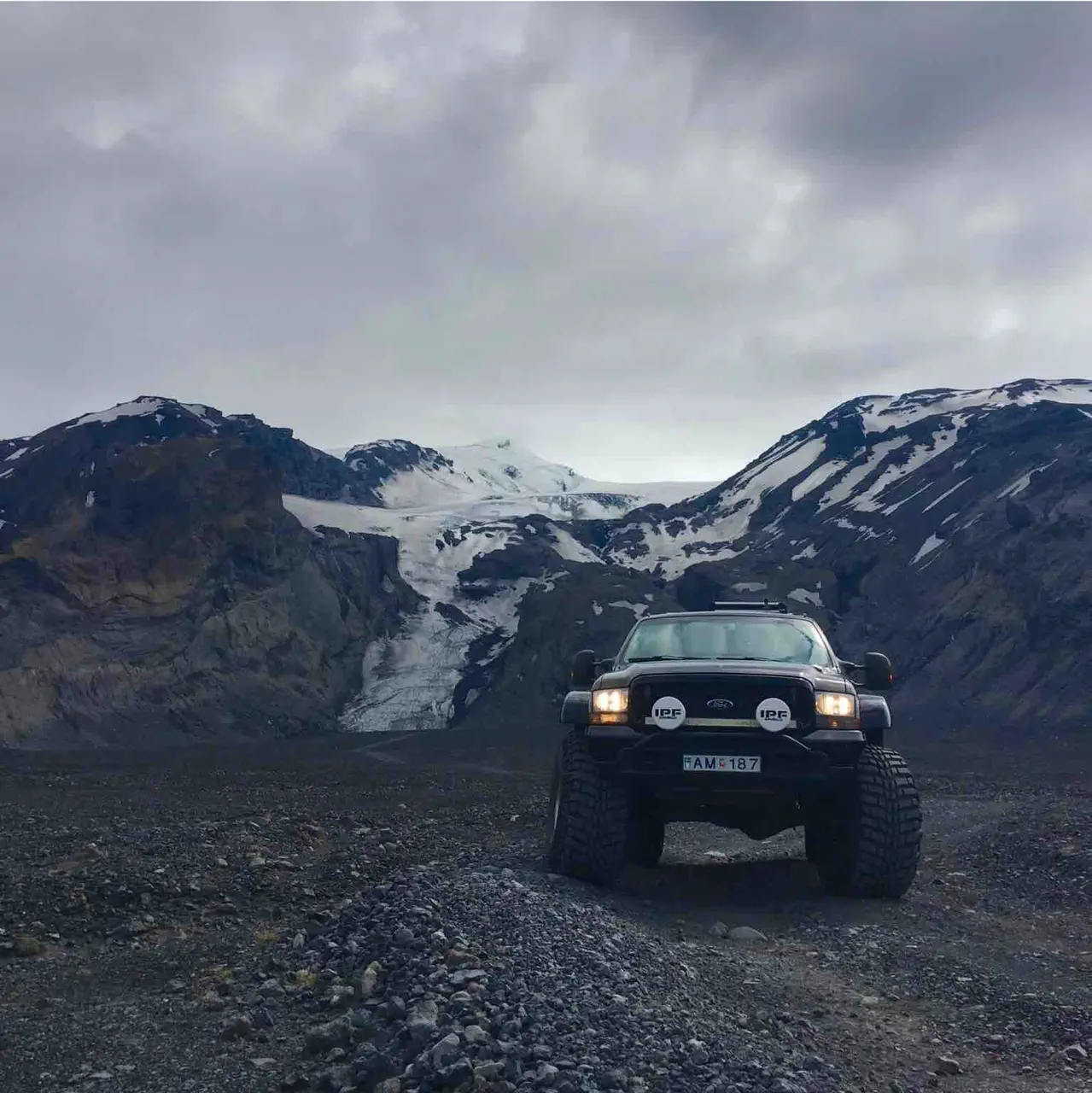My wife and I spent three days in Reykjavik and seven days on a guided trip around the southern, eastern and northern coasts of Iceland. The weather was glorious for almost our whole stay. We arranged the trip with the patient help of Arnar Baldvinsson, who runs Adventure Patrol and took care of all the details…
- Available Now
- 5.0/5
The Pursuit for the Northern Lights Adventure
Embark on The Pursuit for the Northern Lights Adventure, a luxurious journey to witness the mesmerizing aurora borealis. Customize your tour for an unforgettable experience under Iceland’s starry skies.










 questions?
questions?



